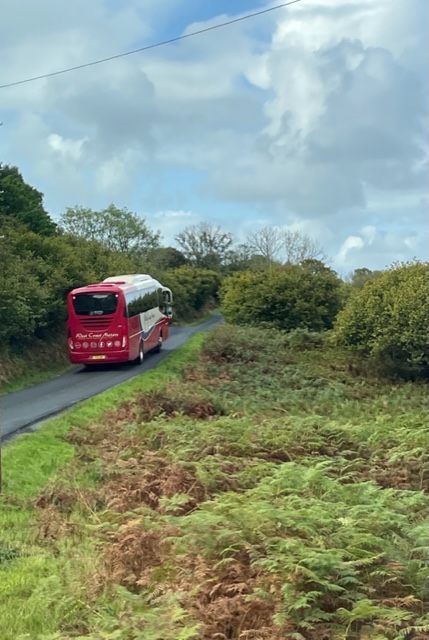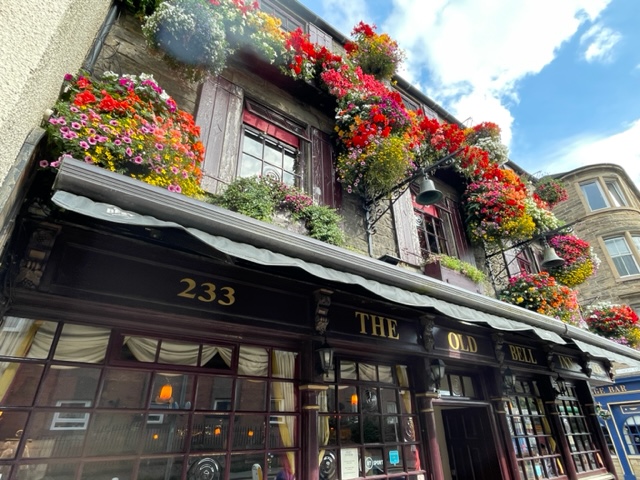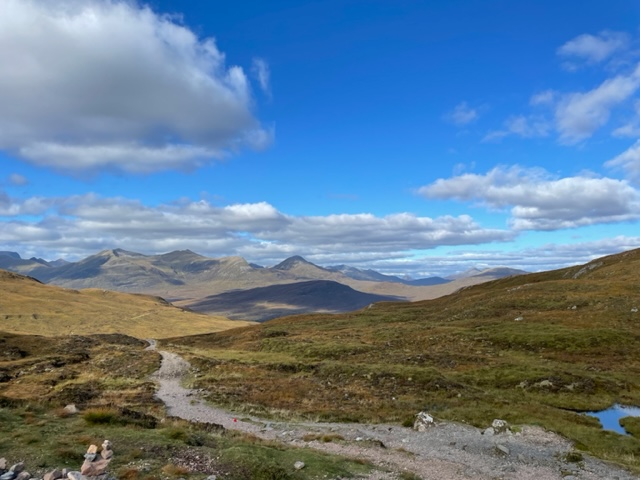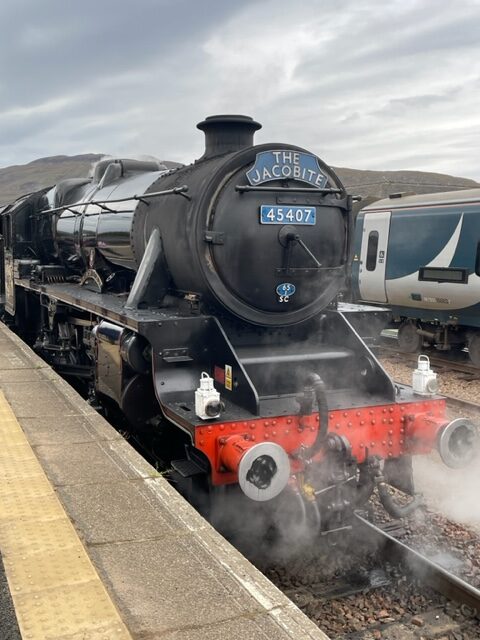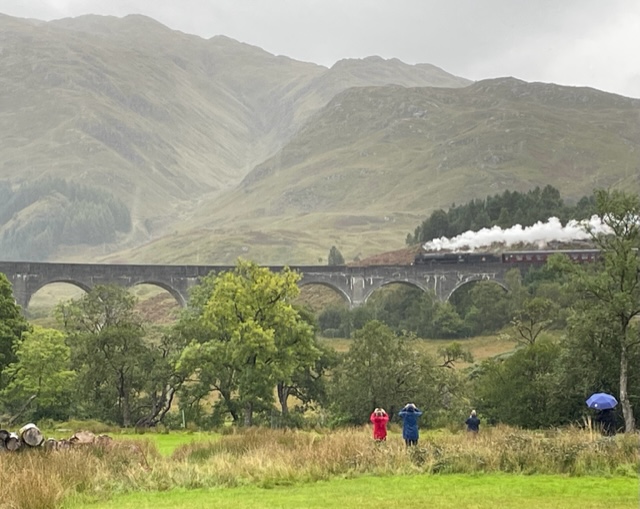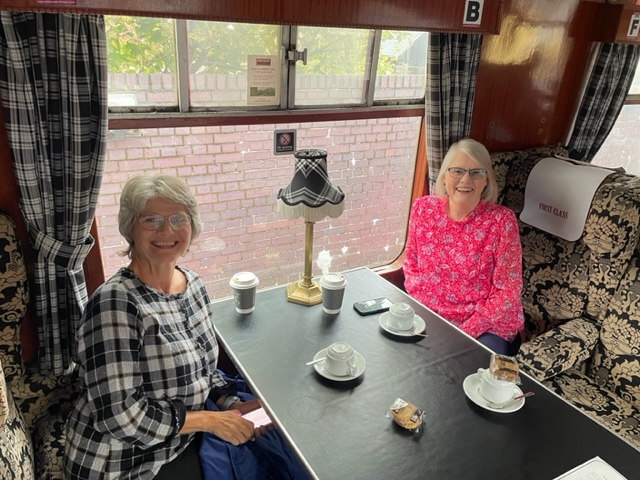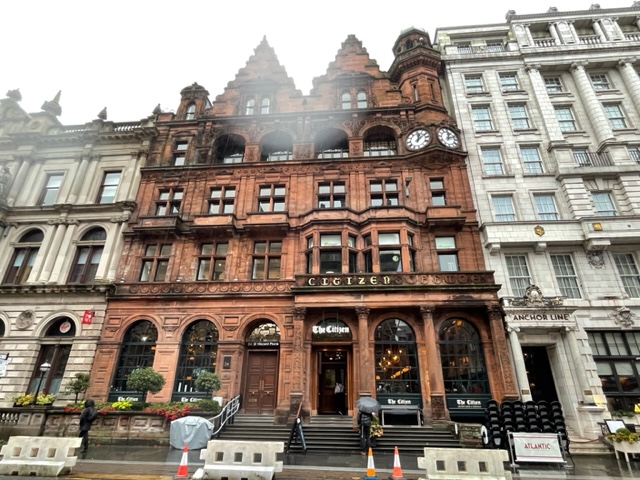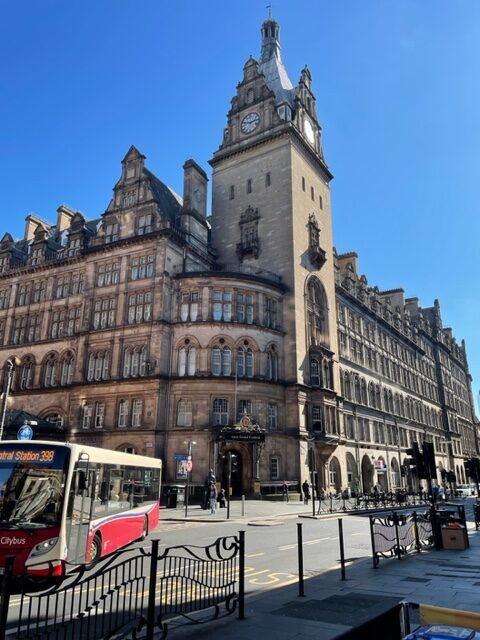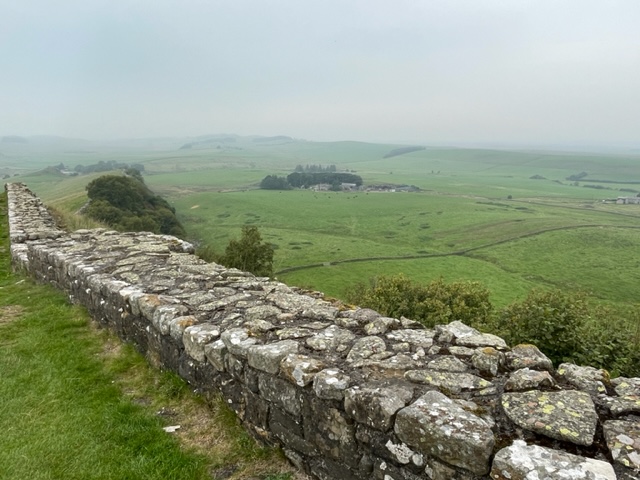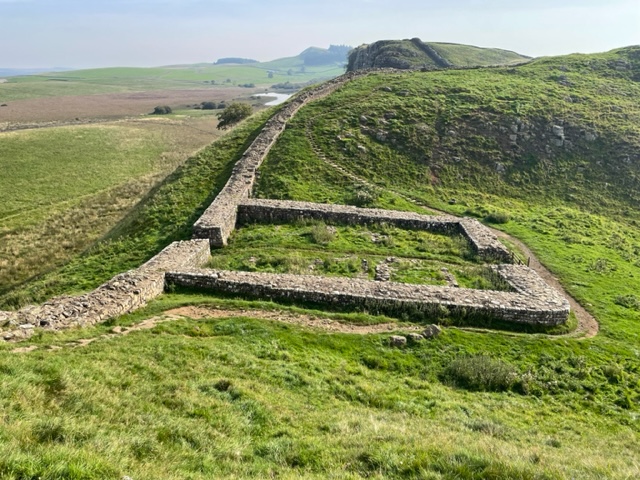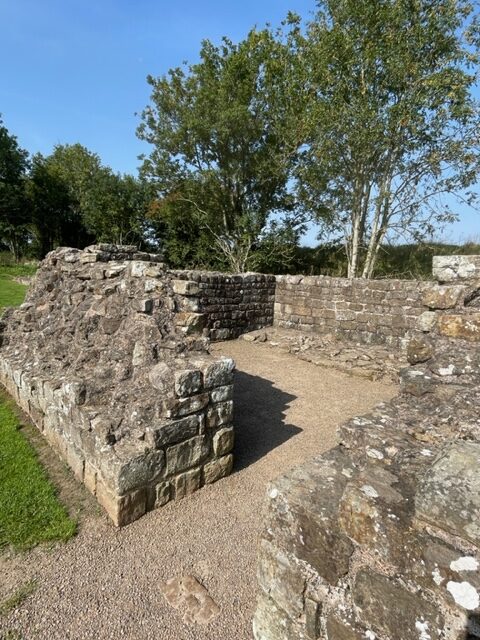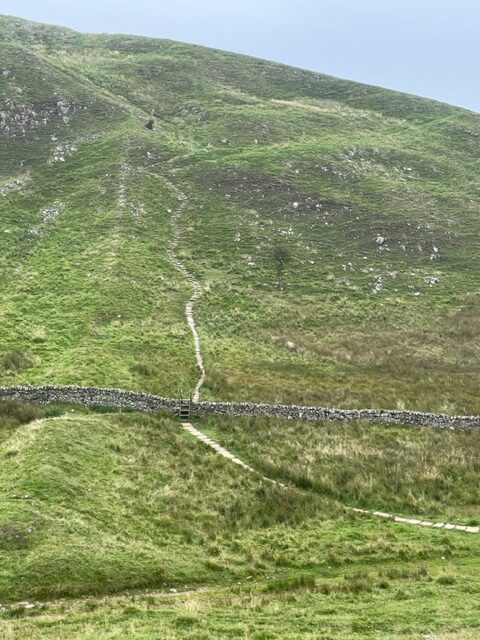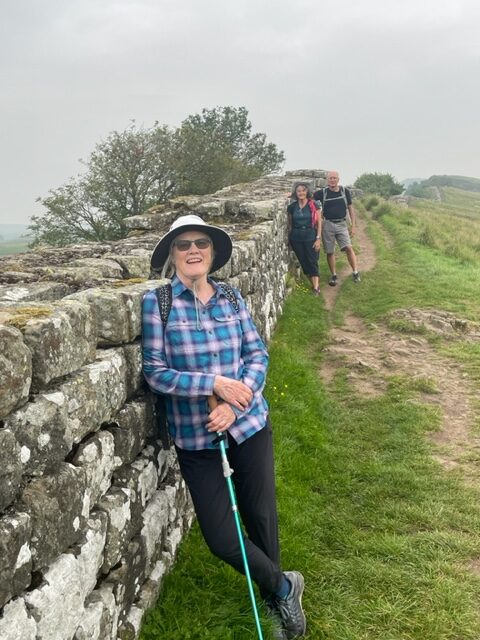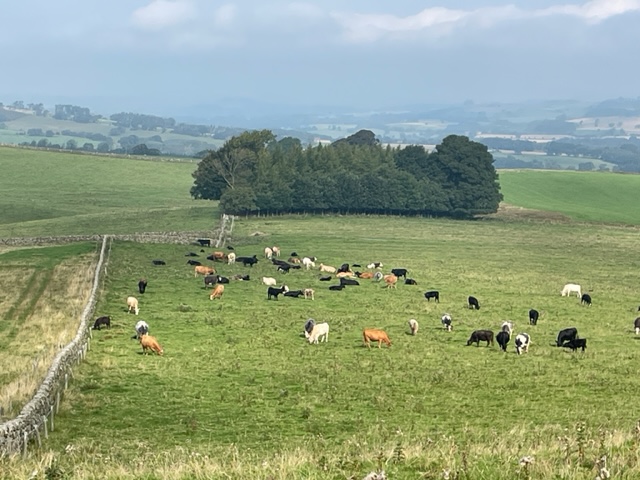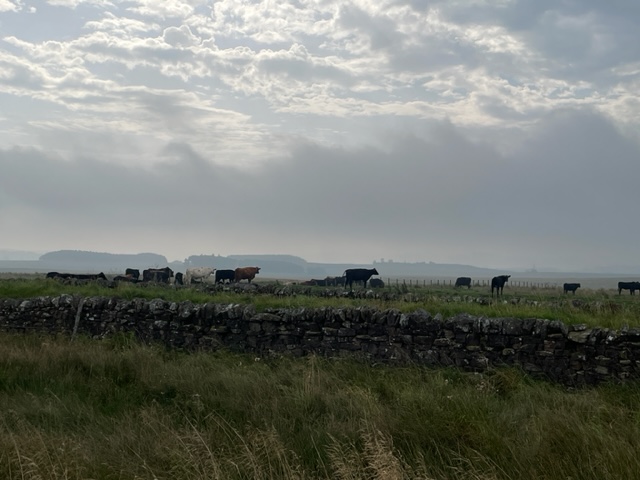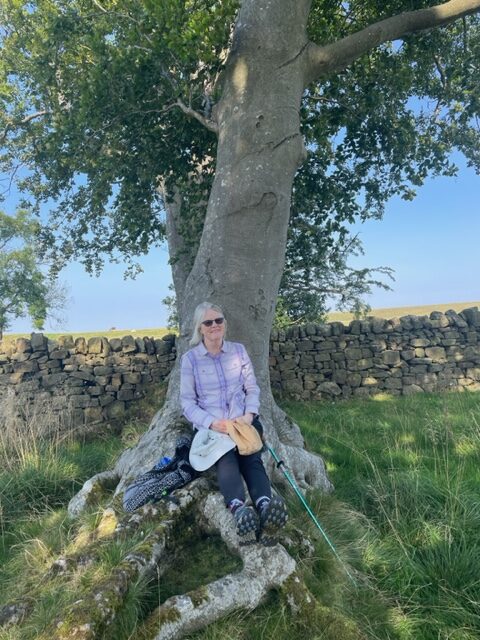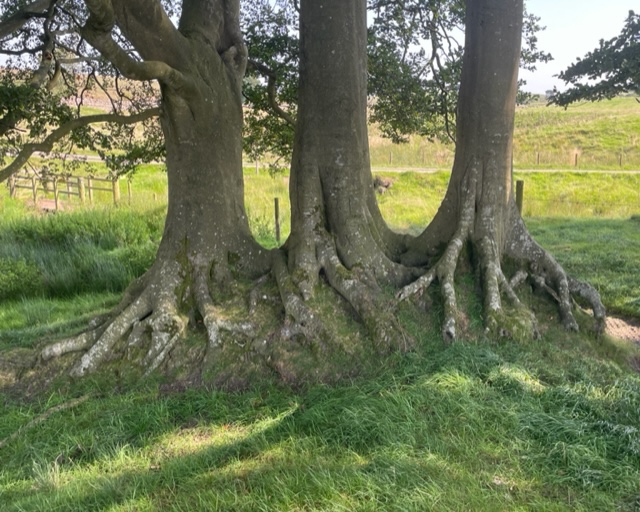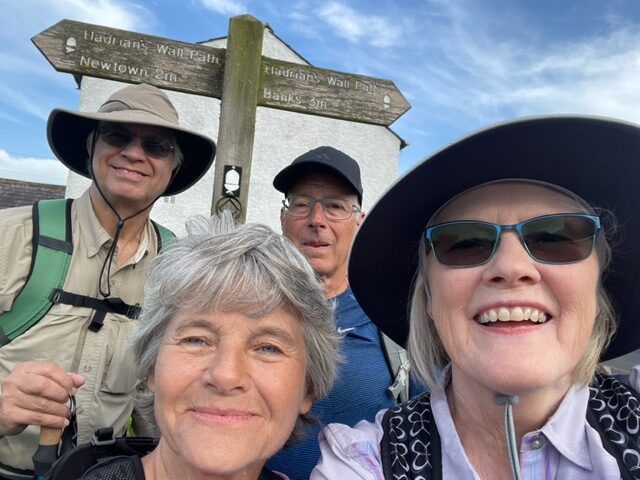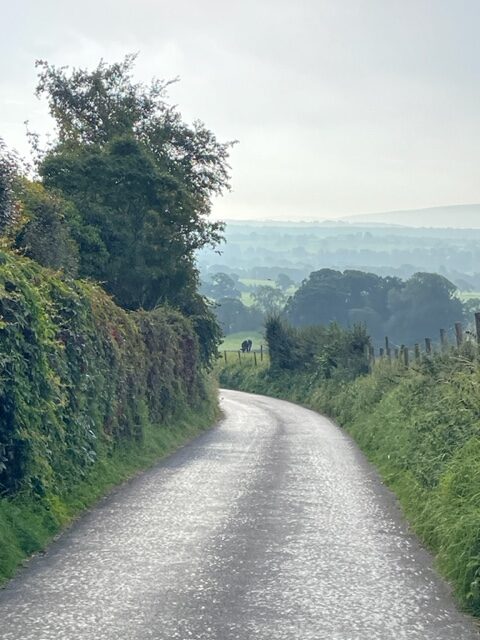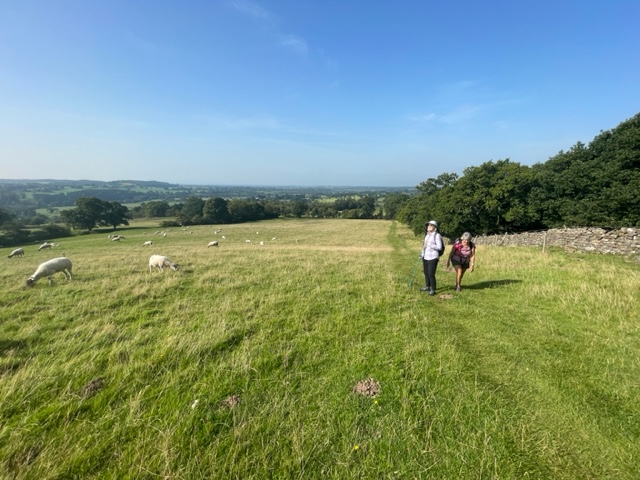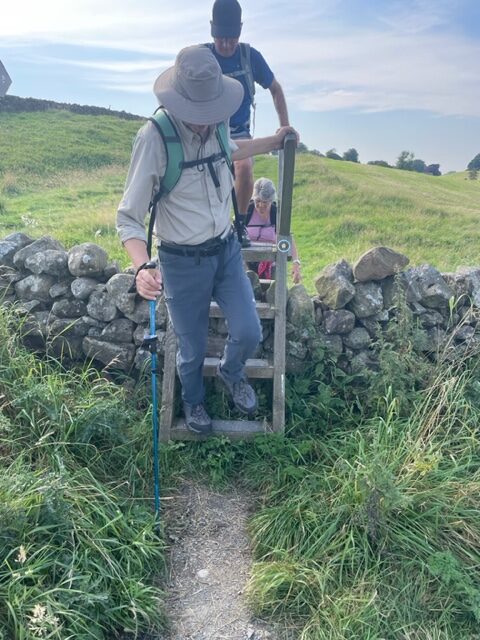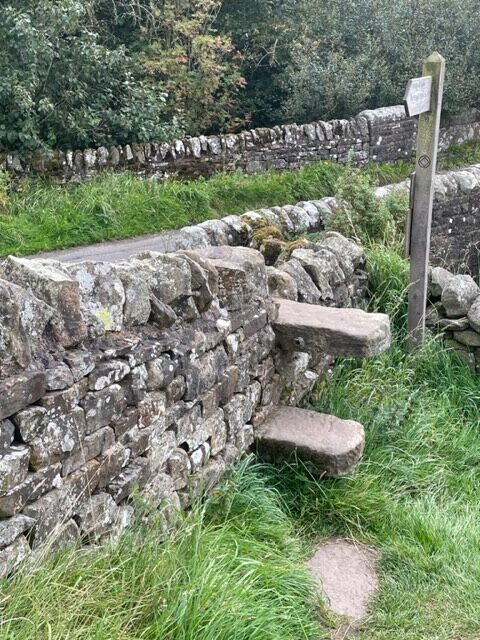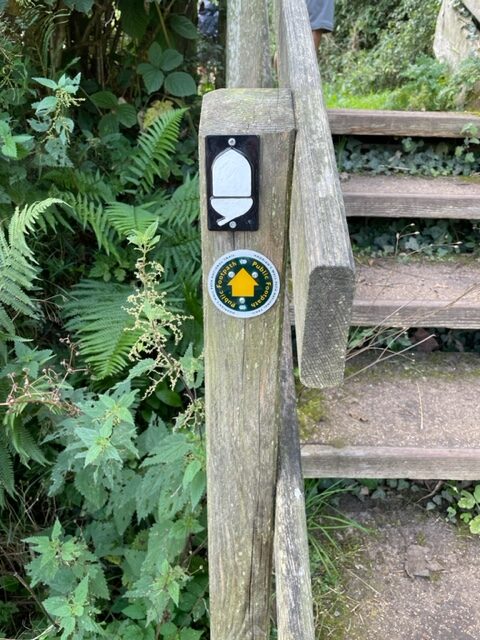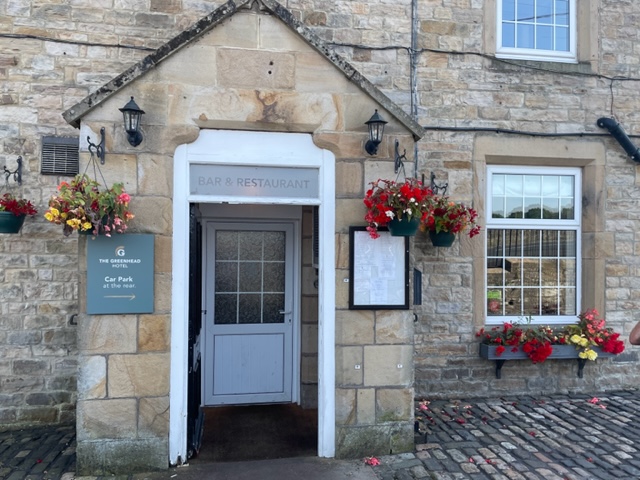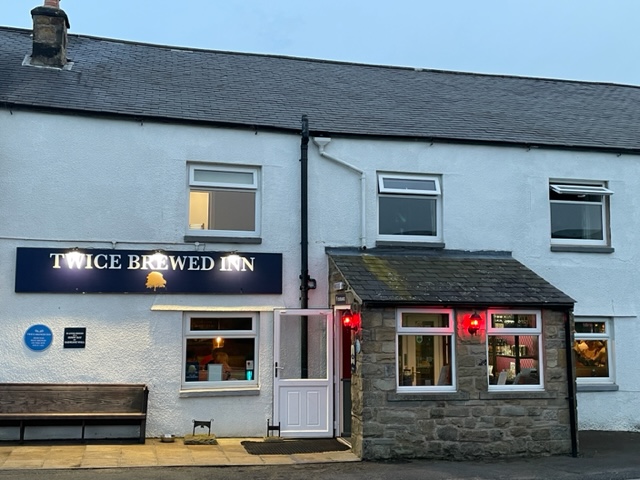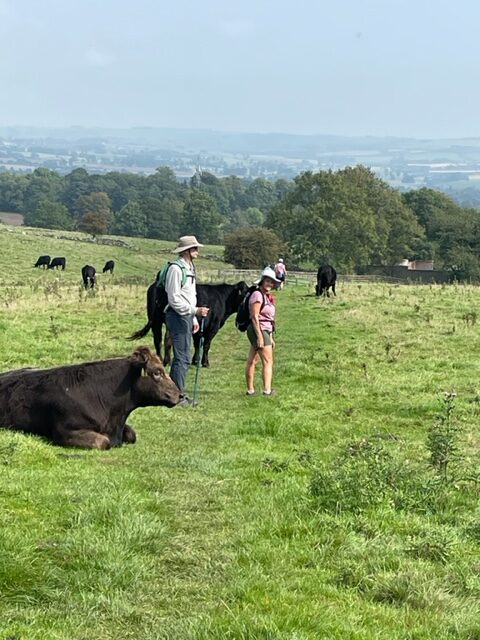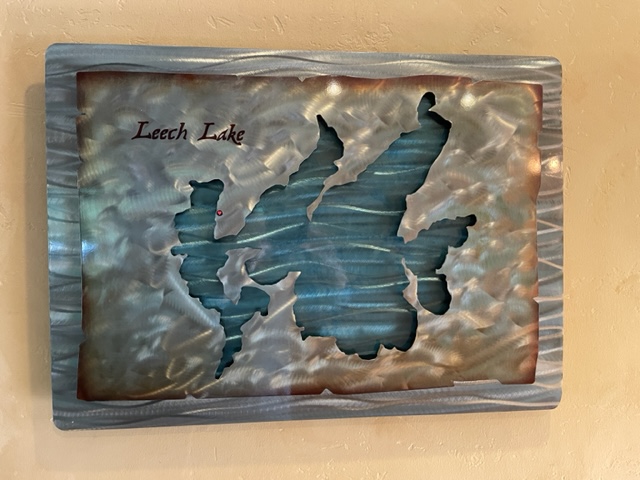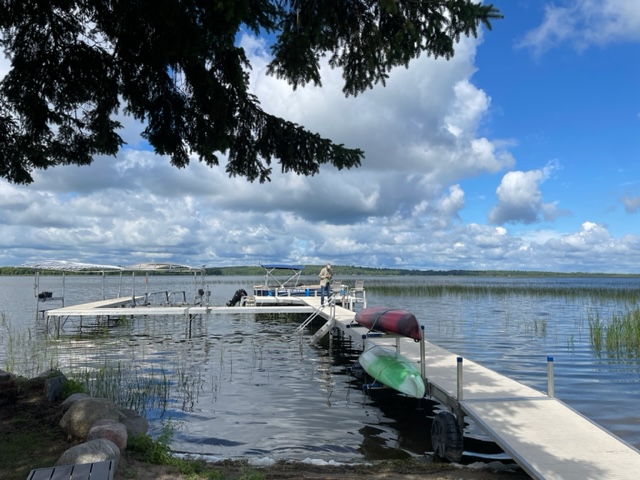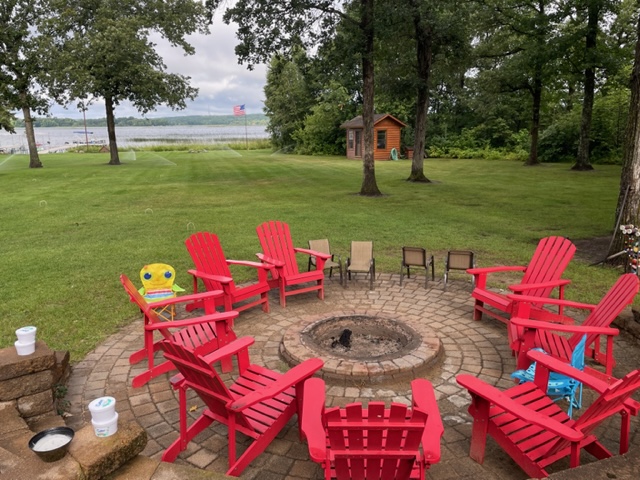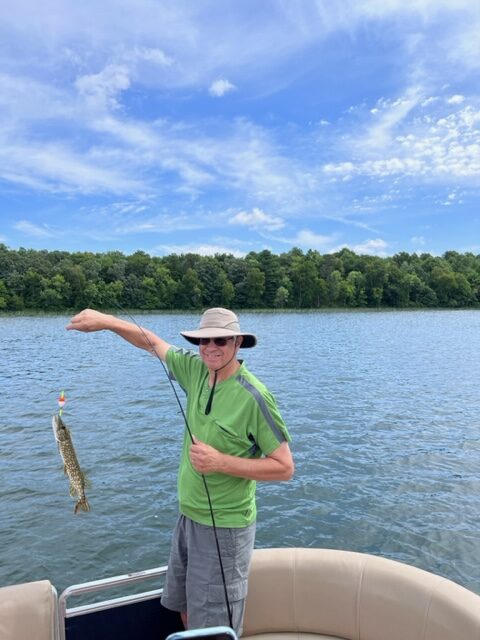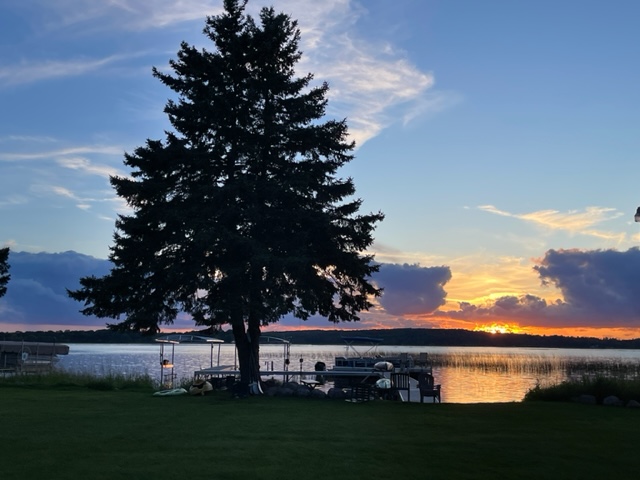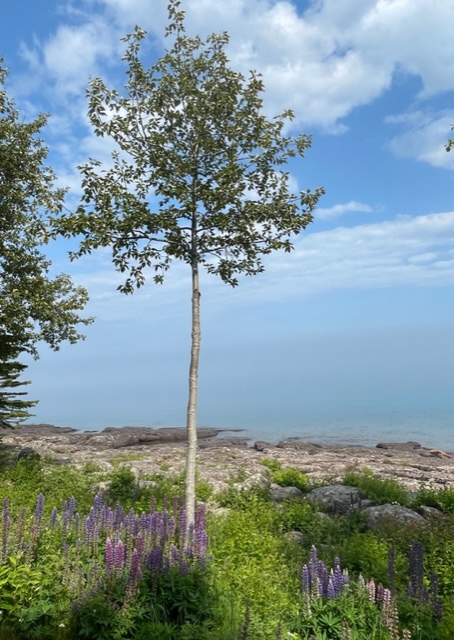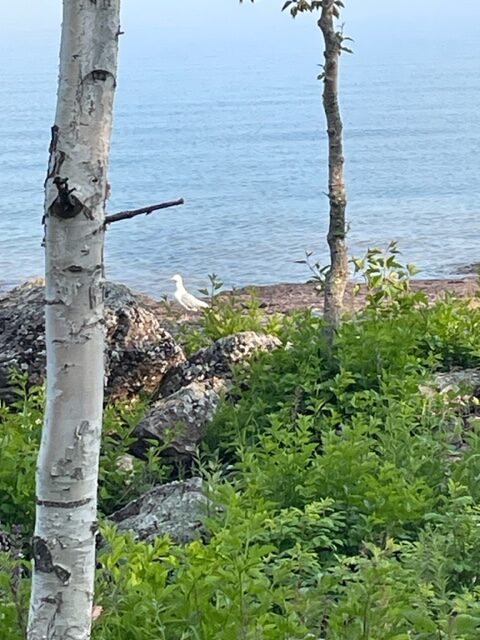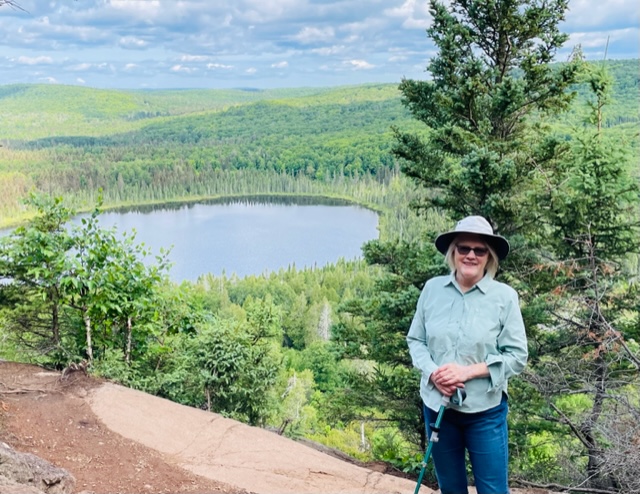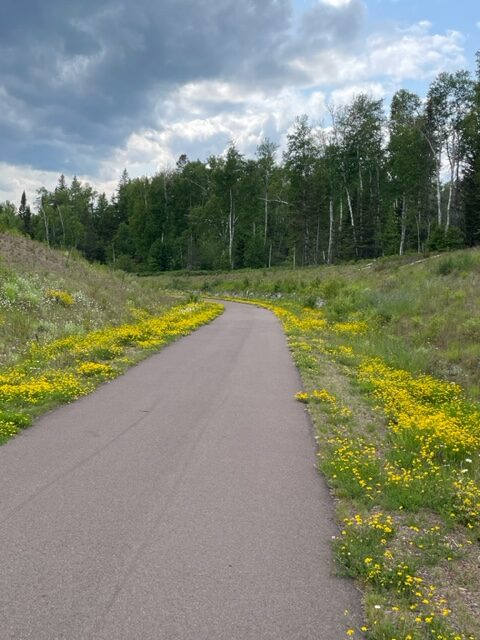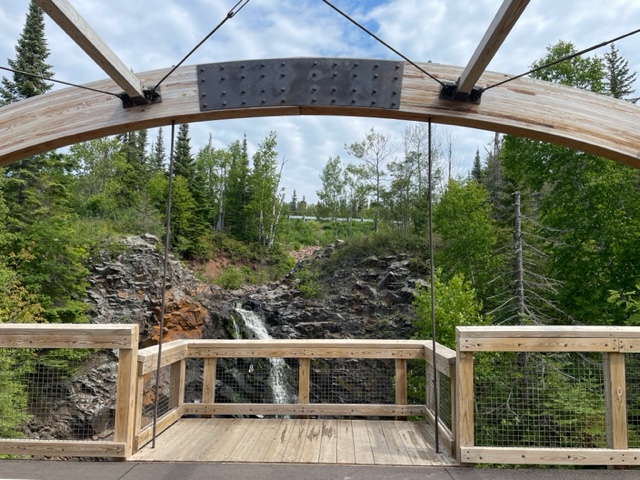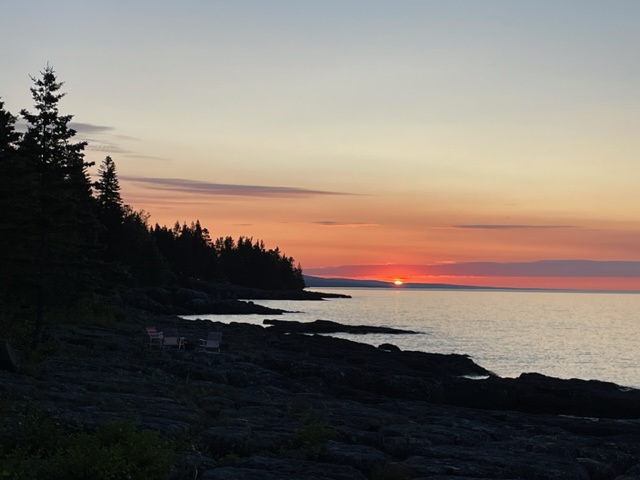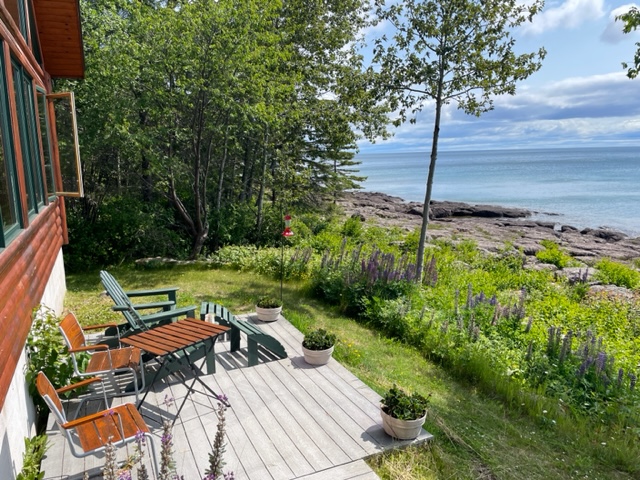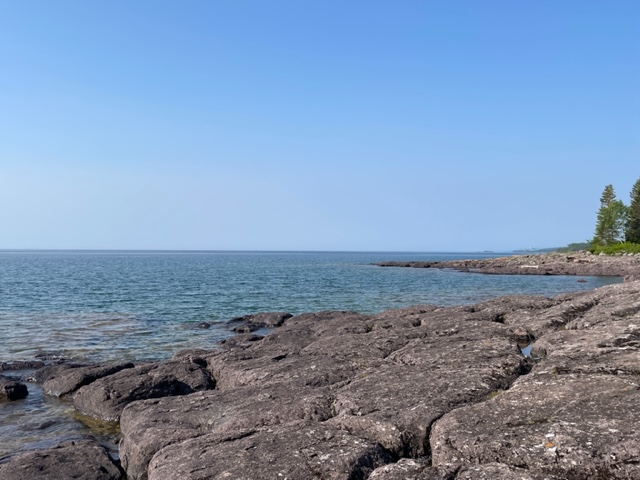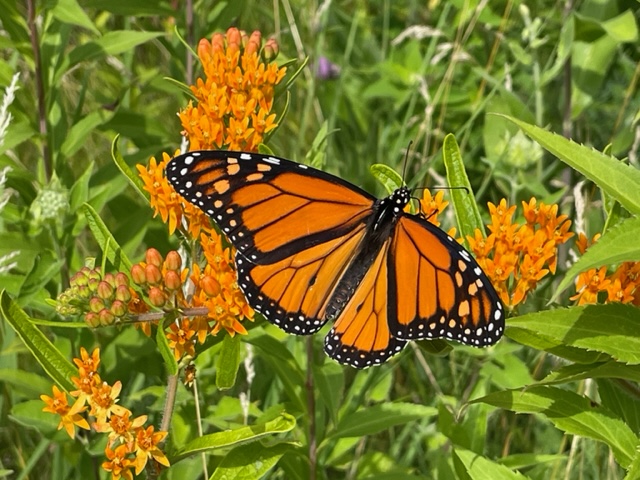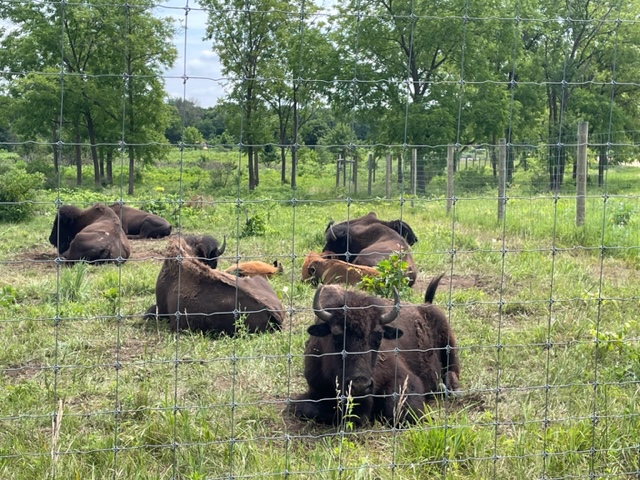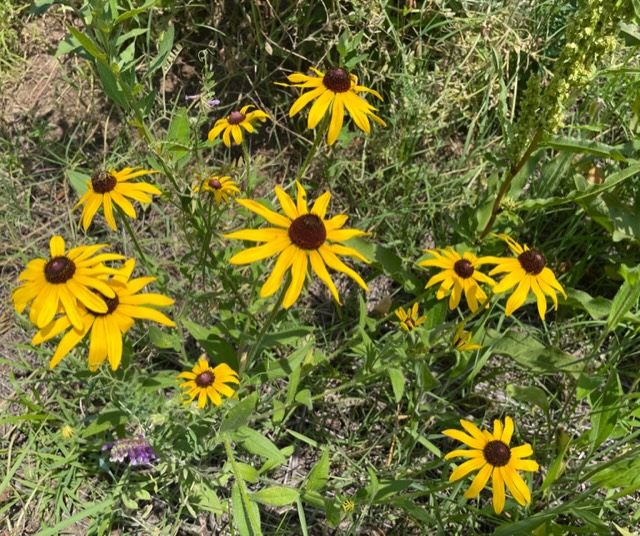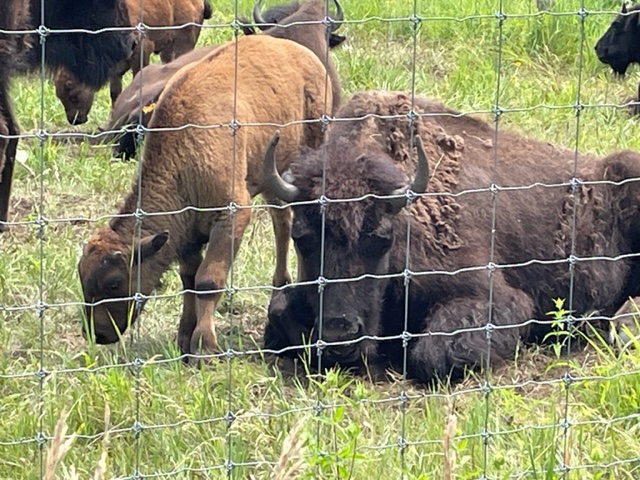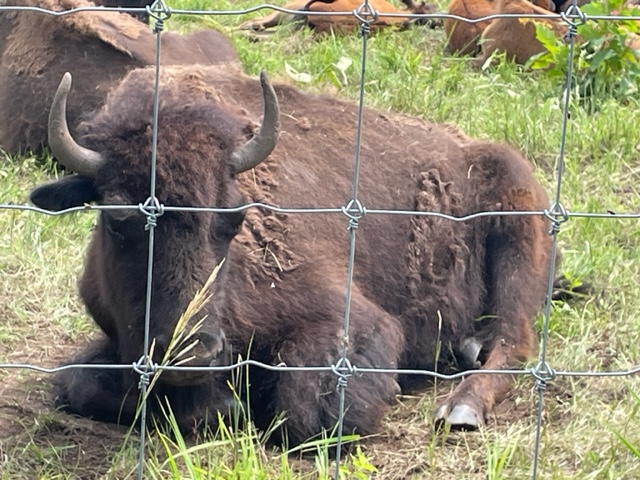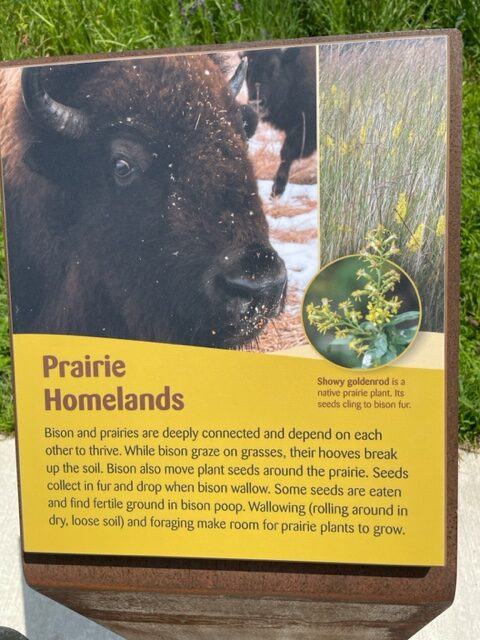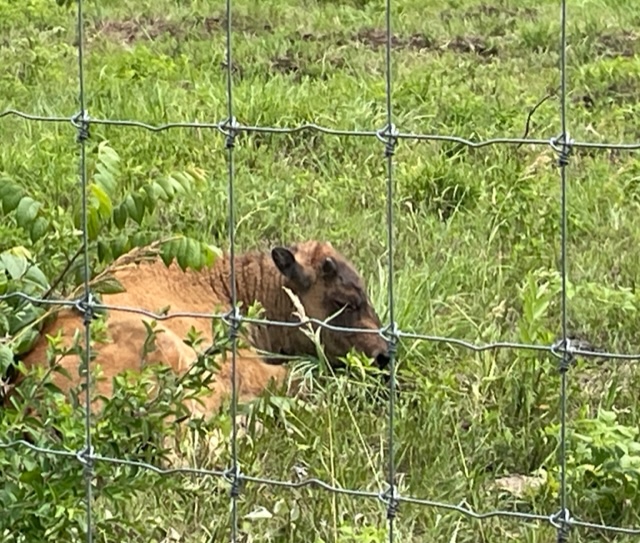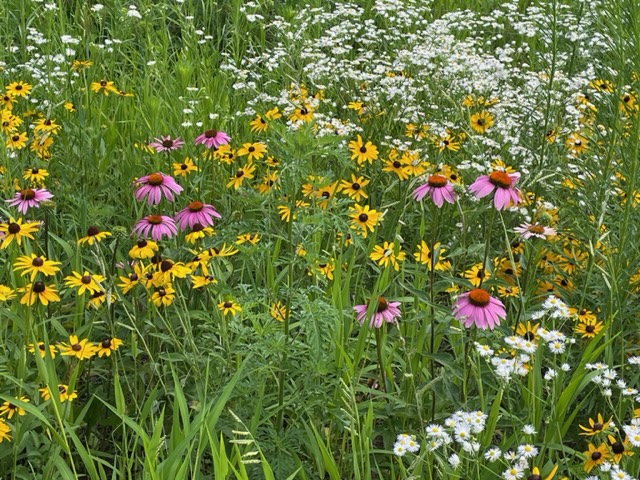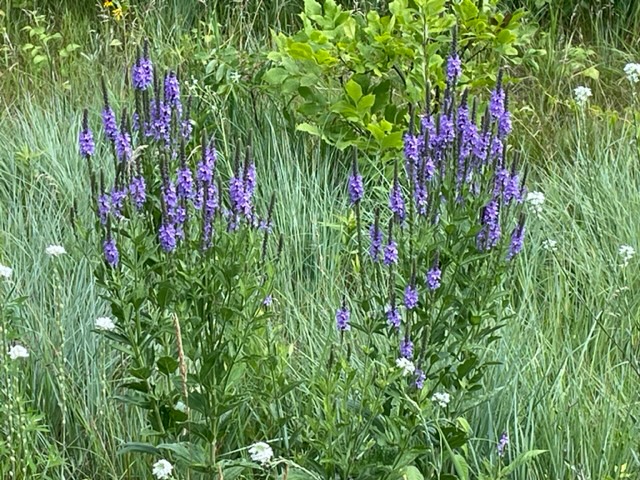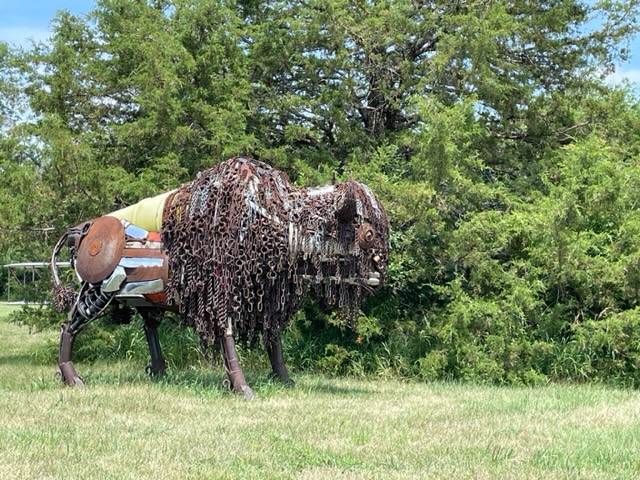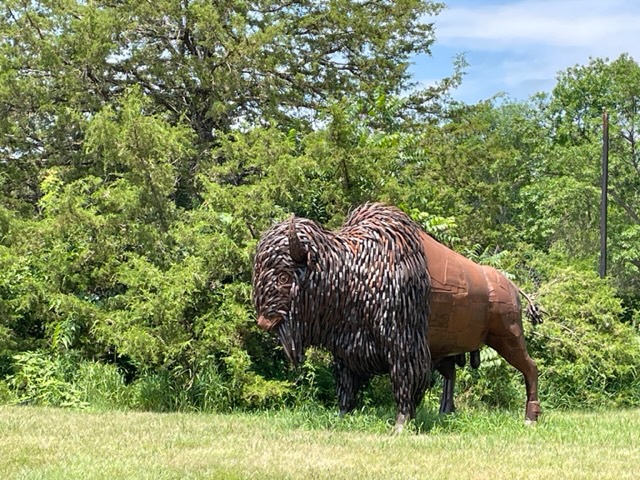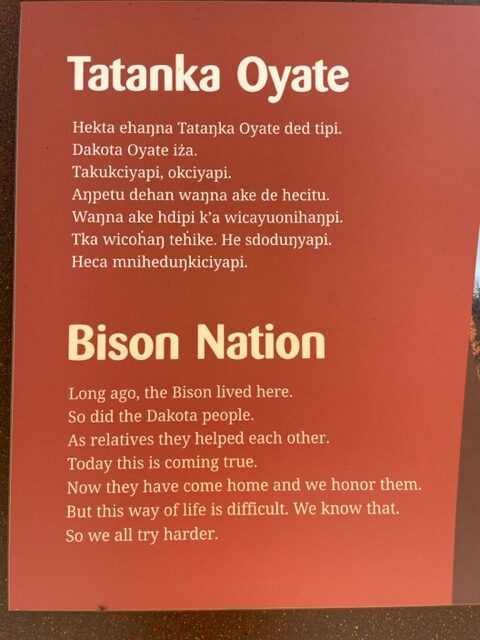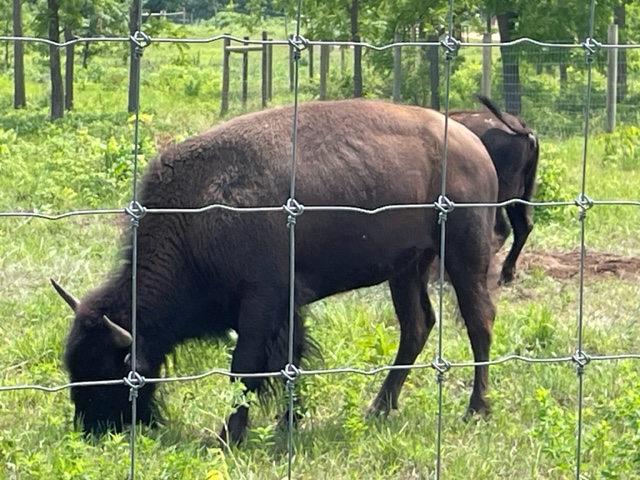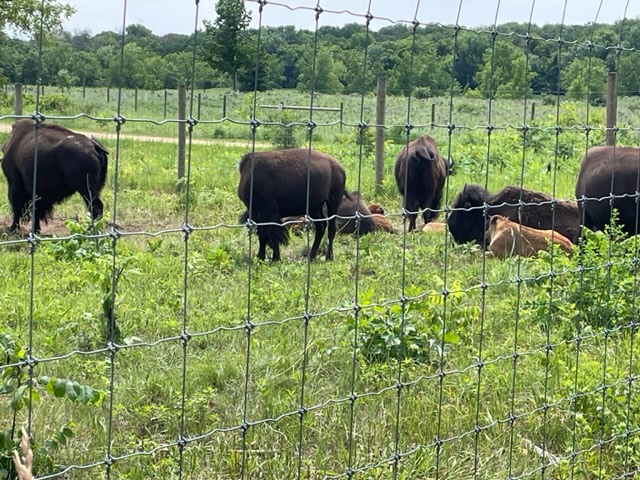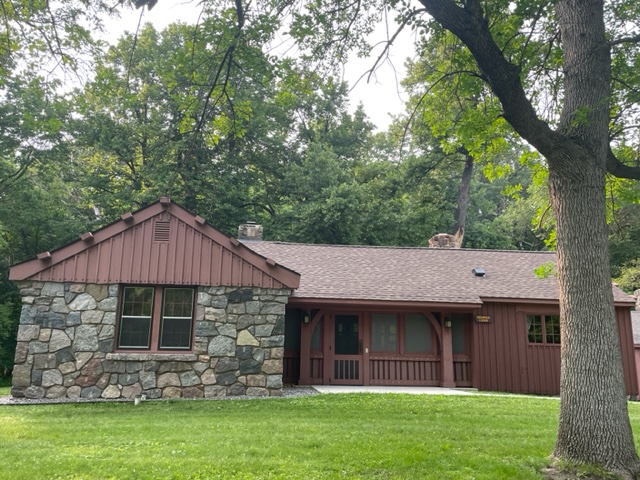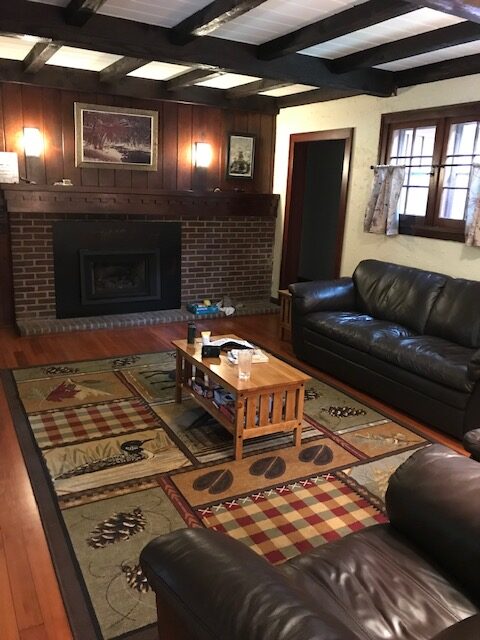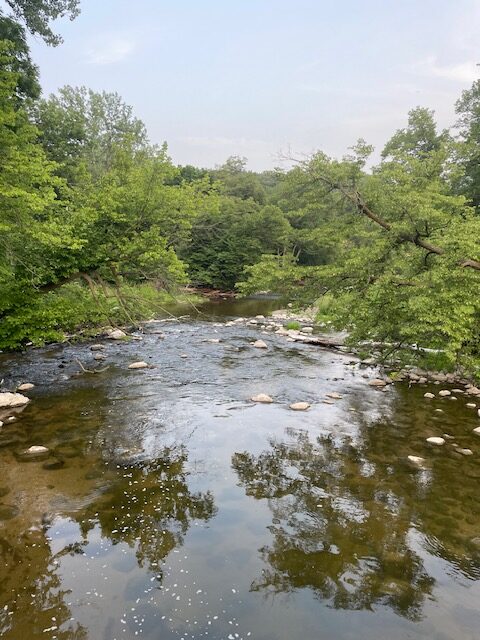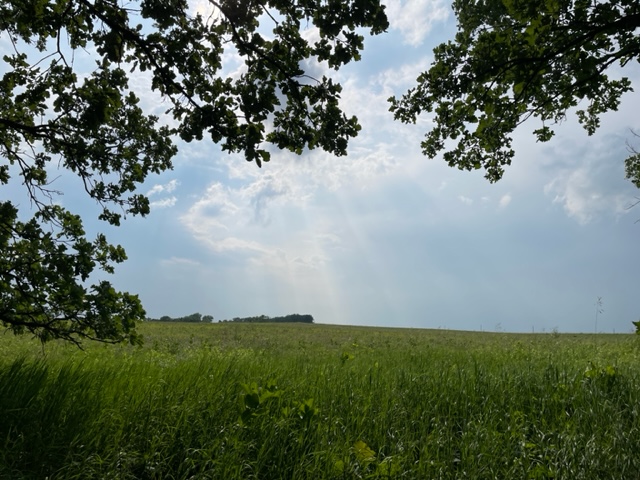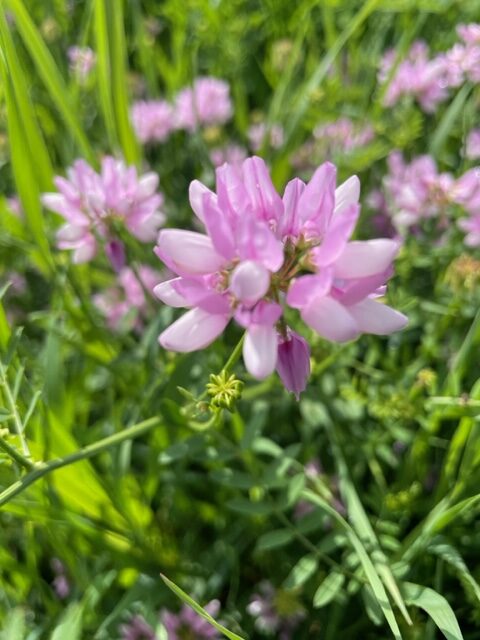There is a lot of history in Great Britain. Hadrian’s wall dates back to AD122! That’s old. But the oldest formations we saw, and touched, dated back to 200-400BC!
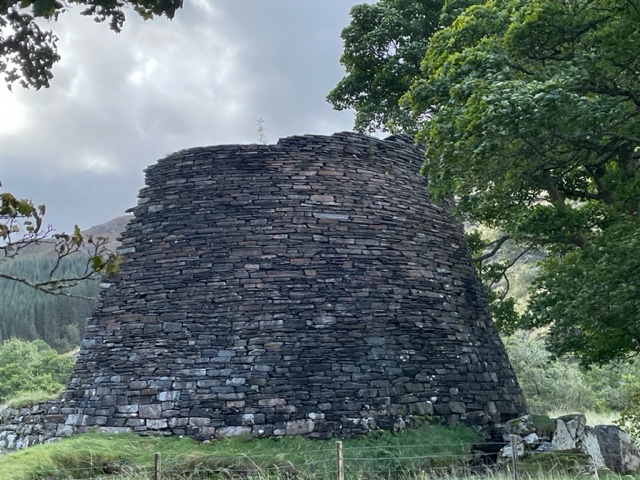
We drove over a very narrow mountain pass one morning to see brochs. The drive was harrowing, but it was scenic.
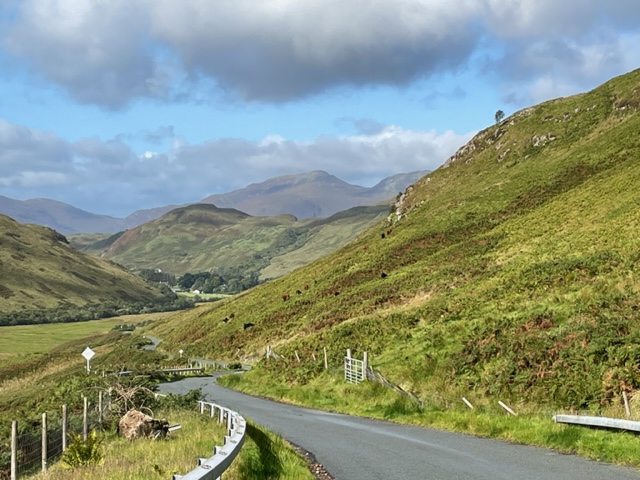
Our destination was two brochs. A broch is an Iron Age drystone hollow-walled structure found in Scotland. The origin of brochs is still subject to ongoing research. There seems to be questions as to if they were living quarters and/or were used primarily for defensive or offensive purposes.
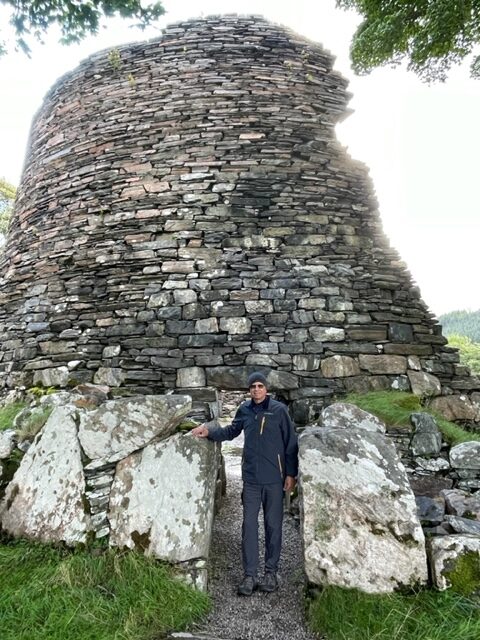
As we touched one of the stones, we thought about the stranger to us, who had touched that same stone over 2200 years ago.
We also marveled at the architecture of Scottish castles.


The first castle we toured was the Edinburgh Castle, which had a little city within its walls with living quarters, roads, a prison, and so much more, including a small chapel, St. Margaret’s, noted as the oldest building in Edinburgh (AD1130).
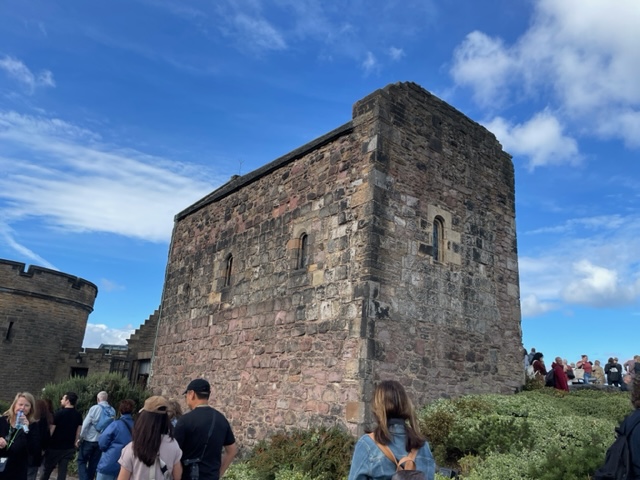
The second castle we saw was the Eilean Donan Castle, built in the 13th century. This castle has been fully restored and is used for special events. It is very visible, right off the road situated at the confluence of three sea lochs (lakes); Loch Duich, Loch Long and Loch Alsh. We enjoyed photographing the iconic castle, but did not go inside.
In addition to many large castles throughout Scottland, there are many smaller castles too.

My favorite was The Barcaldine, or Black Castle, built between 1591 and 1609… set on the shores of Loch Creran. It belonged to the Campbell family until 2009 when David Whitehead bought it and turned it into a luxury B&B. We stayed in the castle for two enchanting nights.
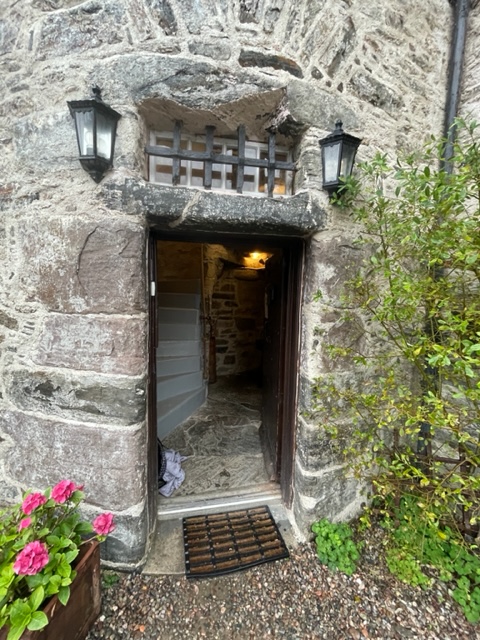
The woodwork in the great room was gorgeous. I looked up the definition of great room and found; “The concept of a great room hearkens back to the romanticized ideal of great halls and great chambers in medieval castles and mansions, which contained one large central room where everything happened.”
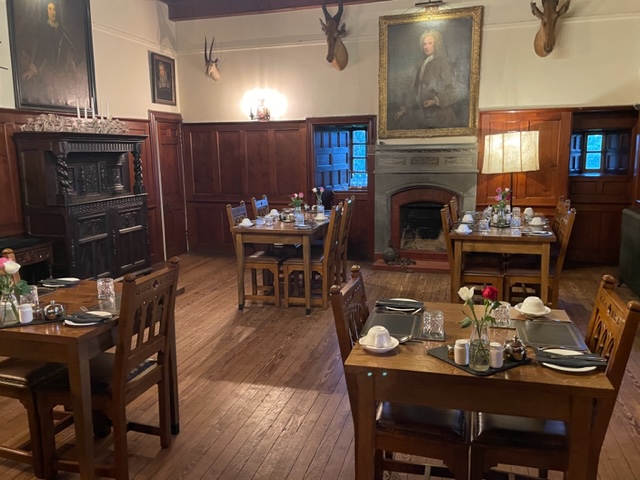
And this was true of the Barcaldine Castle’s great room. We ate our breakfasts there in the mornings, and sat by the enormous wood-burning fireplace in the evenings.
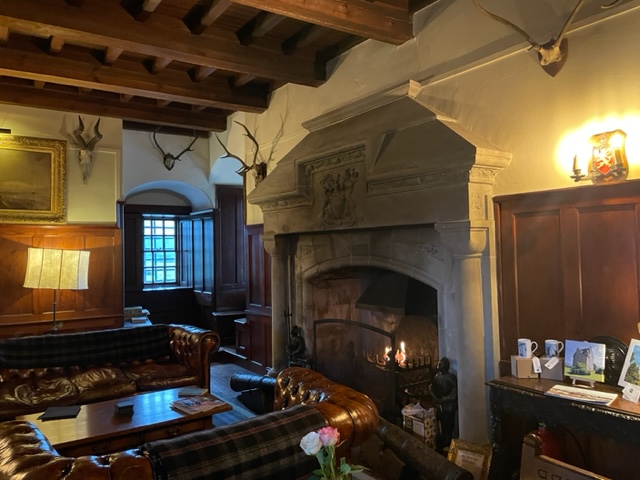
The walls were thick, and it had hidden passageways through secret doors in some wall panels. There was a dungeon, and ghost stories too.
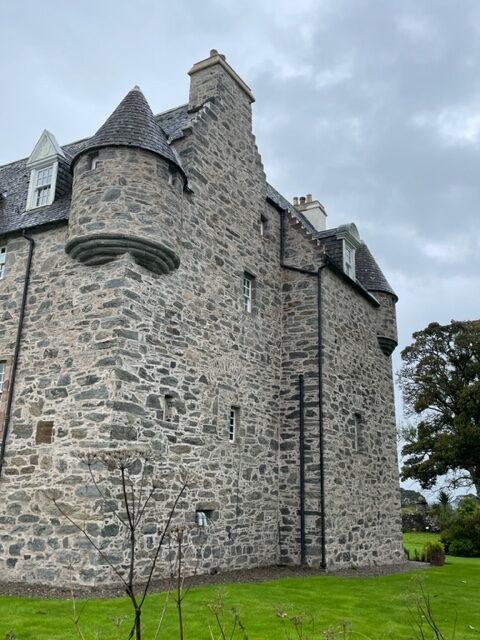
The turrets in our rooms were special. I loved stepping down two steps into the round space, sitting at the writing desk, peeking out the small windows, and writing in my journal.
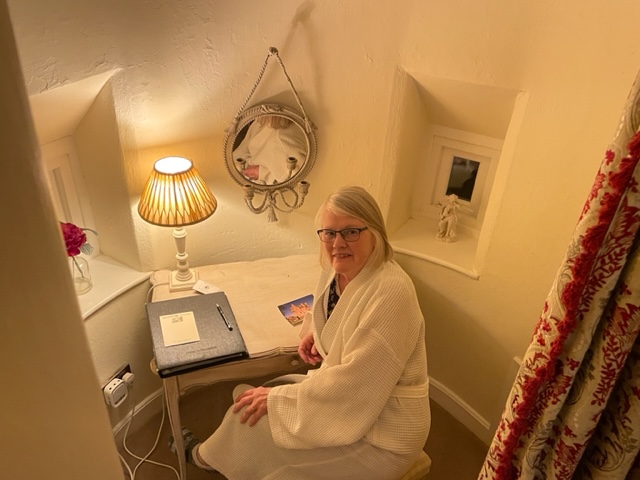
We took a couple of ferries to get to the small Isle of Iona (three miles long, one mile wide) and saw an old Abbey. St. Columba came over from Ireland, in the AD500’s, to bring Christianity to Scotland and built a Celtic church and established a monastic community.

The original St. Columba buildings are no longer standing but there is an active, beautiful abbey today that was rebuilt in the 1800’s.
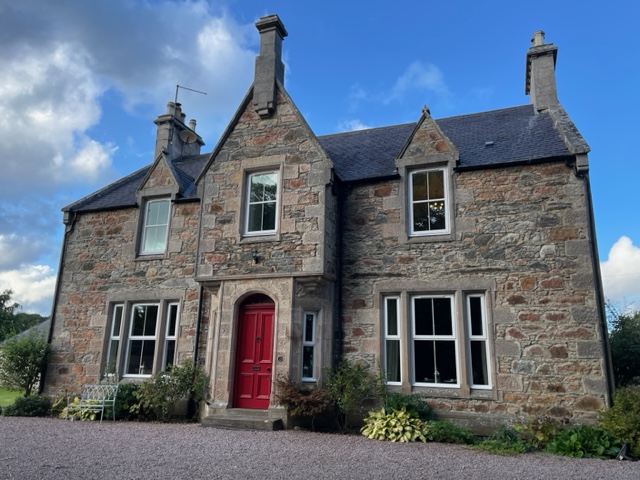
Also worth mentioning is the Cardhu Country House. It was built in 1868. A lovely country B&B where we stayed near Aberlour. It was charming and well-appointed, and another great experience with Scottish hospitality.
